 In the 1960s, on the campus of Florida A&M, a sports fan could marvel at an incredible array of student-athletes doing their thing for FAMU. Jake Gaither and Bobby Lang had established dominant football and track programs led by future All-Americans, Hall of Famers and Olympians. And Pop Kittles was building a legendary baseball program, led by young men like Harold “Hal” McRae.
In the 1960s, on the campus of Florida A&M, a sports fan could marvel at an incredible array of student-athletes doing their thing for FAMU. Jake Gaither and Bobby Lang had established dominant football and track programs led by future All-Americans, Hall of Famers and Olympians. And Pop Kittles was building a legendary baseball program, led by young men like Harold “Hal” McRae.
When Mr. McRae set foot on campus as a freshman on scholarship, he landed at his dream school, and then took steps toward his bigger goal of playing in the major leagues.
He wasted no time. He was the starting shortstop for the Rattlers in both his seasons in Tallahassee, and in his sophomore year, he hit .358 with 5 home runs and 28 runs batted in.
Mr. McRae was part of the first Major League Baseball amateur draft in 1965, chosen by the Cincinnati Reds with the 117th overall pick. He made his major league debut three seasons later, the start of a remarkable 19-year playing career spent primarily with the Kansas City Royals.
His long coaching career includes managing the Royals from 1991 to 1994 and the Tampa Bay Devil Rays in 2001 and 2002.
All told, Mr. McRae is a three-time All-Star, two-time World Series champion, a Silver Slugger Award winner and member of the Kansas City Royals Hall of Fame.
Tallahassee holds him in high regard, too. As a Rattler Hall of Famer, Mr. McRae was the first Florida A&M ballplayer to reach the major leagues, the trailblazer on a list that includes Andre Dawson, Vince Coleman and Marquis Grissom.
One other thing to know – we’ve all been mispronouncing his family’s name for years because of baseball announcers. It’s “MAC-Ray” not “muh-CRAY.”
“I tried to correct people for a while, but you get tired of trying (laughing) so we just go with it,” Mr. McRae told Black College Nines.
Black College Nines writer Douglas Malan visited with Mr. McRae on May 20, 2020. The following is a lightly edited version of that conversation.
You grew up in Avon Park, Florida, in the 1940s and ‘50s. What was it like?
Avon Park was a small town but a baseball town. Baseball was it. I was involved at a young age as a bat boy for the sandlot teams. I wanted to be a professional player since I was probably 7 or 8 years old. Everybody in the town wanted to be a professional baseball player.
My whole family was involved. All the relatives played baseball. It was the only thing to do. I played everything. Football, basketball, baseball. It was a small school, so it wasn’t very difficult to start in all sports. One sport had to wait for the guys in the other sport to get done.
It was between football and baseball as my favorite. As I got older, I realized with my size I’d be better off playing baseball. That’s why I chose baseball over football.
Why did you choose Florida A&M?
Because of the football team and the band. (laughing) That caught my attention because everybody in the state of Florida talked about the football team and the band. And then I got a scholarship in high school, so that made it a little bit easier to go there.
But it was the football team and the band. We would get the news on them. Someone would always go to the games. We would sit around and get the news of what happened at the football game and how the band performed. It was a big deal.
We would go to the (Orange Blossom) Classic in Miami and watch them play against another black school.
Were you familiar with Pop Kittles at that time in high school?
No, I knew nothing about him. I knew about Jake Gaither, but I didn’t know anything of Kittles. I met him when I got to Tallahassee and enrolled in school.
What was Tallahassee like in those days, being on campus in the middle of the Civil Rights Movement?
It was kind of a small place. It was the capital, but not a lot going on. I mainly stayed on campus. I didn’t venture out too much. It was during segregation, but it was a nice place for me. A real comfortable place.
I did get involved in one sit-in downtown. (laughing) We were all thrown in paddy wagons and spent a couple hours in jail. I can’t even remember what we were protesting against, but it was probably something we were denied. We went down to protest and then we ended up in jail.
And that was the last of it for you?
Yeah (laughing), that was the last of it.
Did you get involved in any fraternities or on-campus activities?
No, I was just a student and a baseball player. I was a physical education major. The coaching of football, baseball and basketball were very interesting classes to me. I took all of those.
I knew a lot of the football players. A&M got all the best players in Florida, and a lot of the players were stars in high school and they didn’t hit the field at FAMU. That’s how much talent they had. They had three units, 33 players – Blood, Sweat and Tears. They would substitute a whole unit at one time. And at that time, they played both ways. That’s how deep they were.
I know you were a burner. Did you ever challenge Bob Hayes to a race?
(Laughing) No, I played flag football with some of those guys, but I never challenged him to a race. They were a lot of guys faster than I was at A&M. We had outstanding track teams at the time, too. There were a lot of guys that could motor.
Did you see a lot of action on the field from the start?
Oh, yeah. I broke right in. They told me I would have difficulty, but after about two weeks, they knew. (laughing) Whoever my competition was supposed to be (laughing), wasn’t there.
Any games in those two seasons that stand out to you?
Two games, in particular. One at Allen University, I hit a home run over the fence that went on top of a Piggly Wiggly building. And another in Fort Valley, there was no fence. There was a ditch at the back of left field. And I hit a ball over the ditch and I had to run it out. I remember losing the outfielder as he chased the ball (laughing) going down in the ditch. I got a home run out of that.
Who were your big rivals in baseball?
The best team that we played was South Carolina State. They were always real good.
Do you recall any opponents who ended up in the majors?
Not that I can think of, no. The thing about it, during those days, you really didn’t mix with players from the other team. You really didn’t know who they were. And you didn’t really talk to the guys on the other team. You may have said hello but you really didn’t know who they were. And I don’t think they knew who you were either. You knew the school but you didn’t know about the players. It’s much different today.
 Now, Ralph Garr was at Grambling. We played Grambling, but we didn’t play them when he was there. Ralph’s a lot of fun. You should’ve heard the exchanges around the batting cages between Kansas City and the White Sox when we played each other. He’d carry on for 30 minutes or so. (laughing) Ralph was right in the middle of everything.
Now, Ralph Garr was at Grambling. We played Grambling, but we didn’t play them when he was there. Ralph’s a lot of fun. You should’ve heard the exchanges around the batting cages between Kansas City and the White Sox when we played each other. He’d carry on for 30 minutes or so. (laughing) Ralph was right in the middle of everything.
Did any of your FAM teammates play pro ball?
Carl Champion signed with the White Sox and played in the minor leagues. He was a center fielder on my team. And we had a pitcher, Moses McCray. He signed with the Cardinals and played some minor league ball.
Once you got to know Pop Kittles, what was he like?
He was a real good coach, a hard-nosed kind of coach. He would challenge you. He did that often. But that was good, that was positive. He was also a football coach. That’s probably why he was so hard-nosed. He coached the ends. So we played with a football mentality, knocking people down, running over the catcher. Not giving an inch. That was good. I played that way my whole career. Intimidation was the purpose. Impose your will on them. That’s what they did in football, and he brought that to baseball.
Later in your career when you started coaching, did you take any philosophies or wisdom from Pop Kittles?
The hard-nosed approach to the game, I took that with me. That stayed and that was beneficial. Play hard, work hard, be prepared for the next game.
Did you have a thought in college that you wanted to be a manager in the major leagues after your playing days?
No, my only thought was I wanted to be a player. I ate and slept baseball. Probably too much. (laughing) I got lucky. It did pay off.

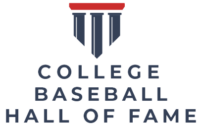
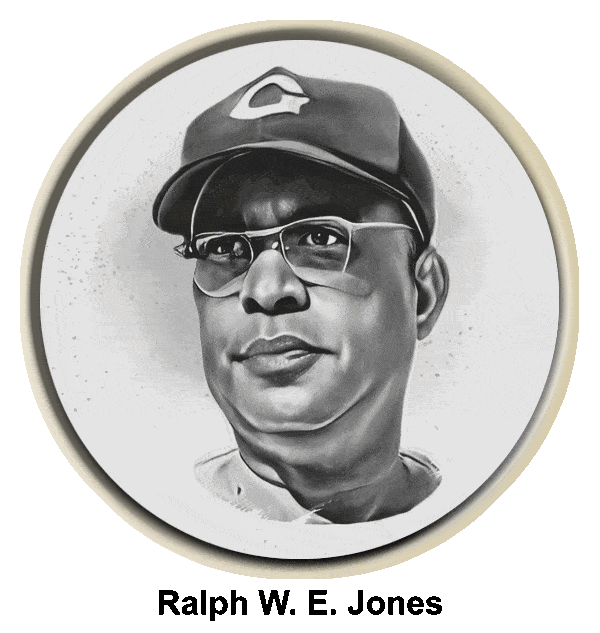



















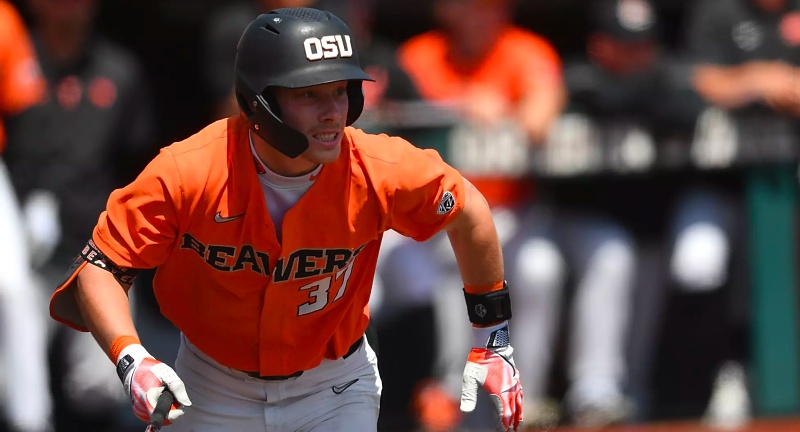

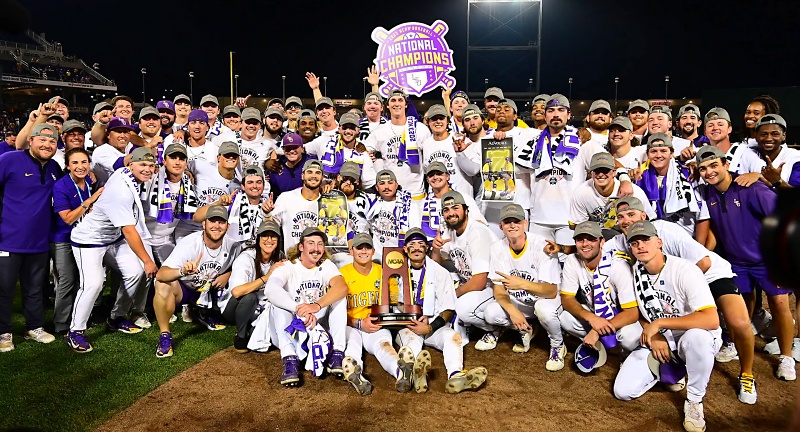








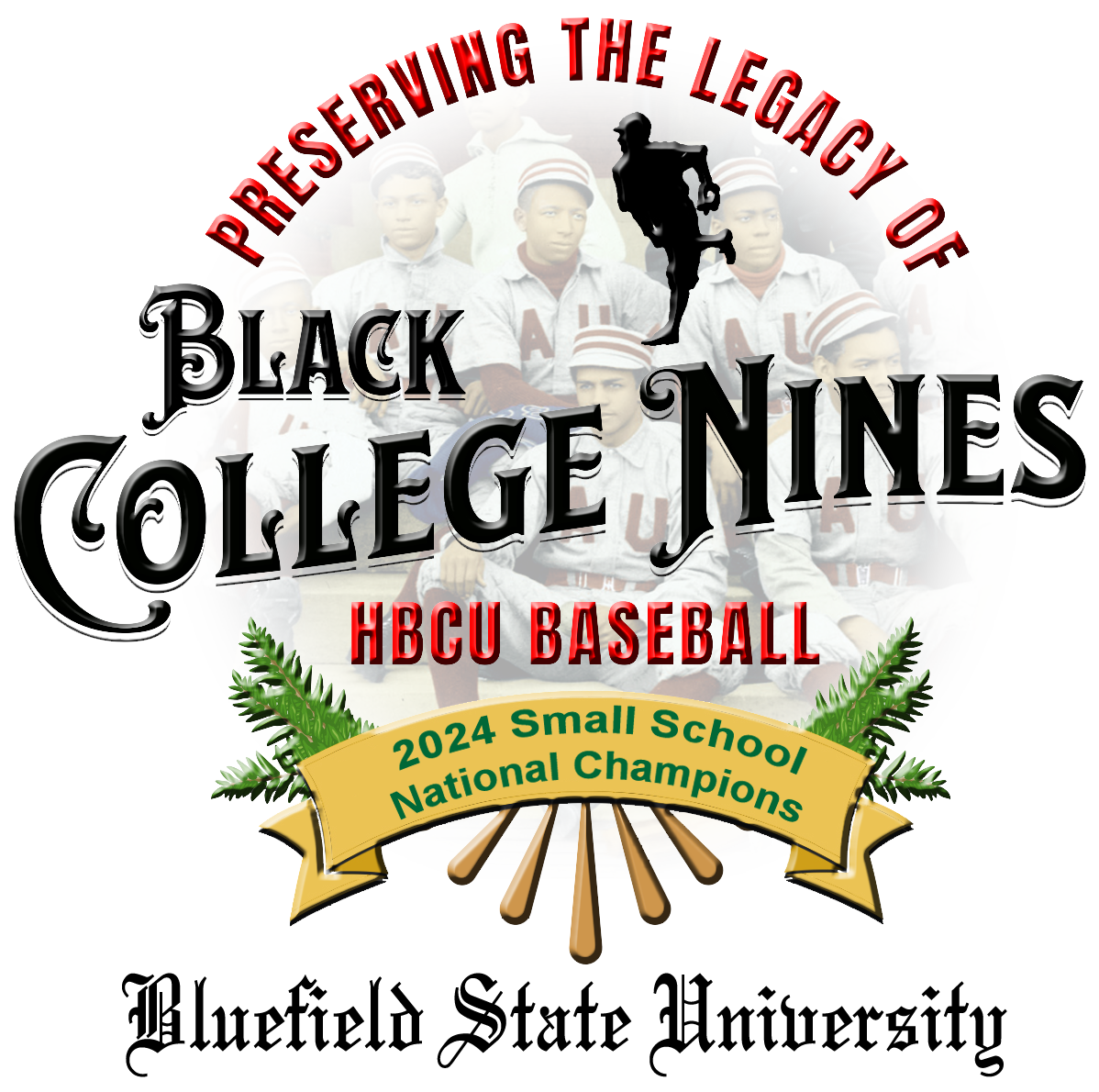







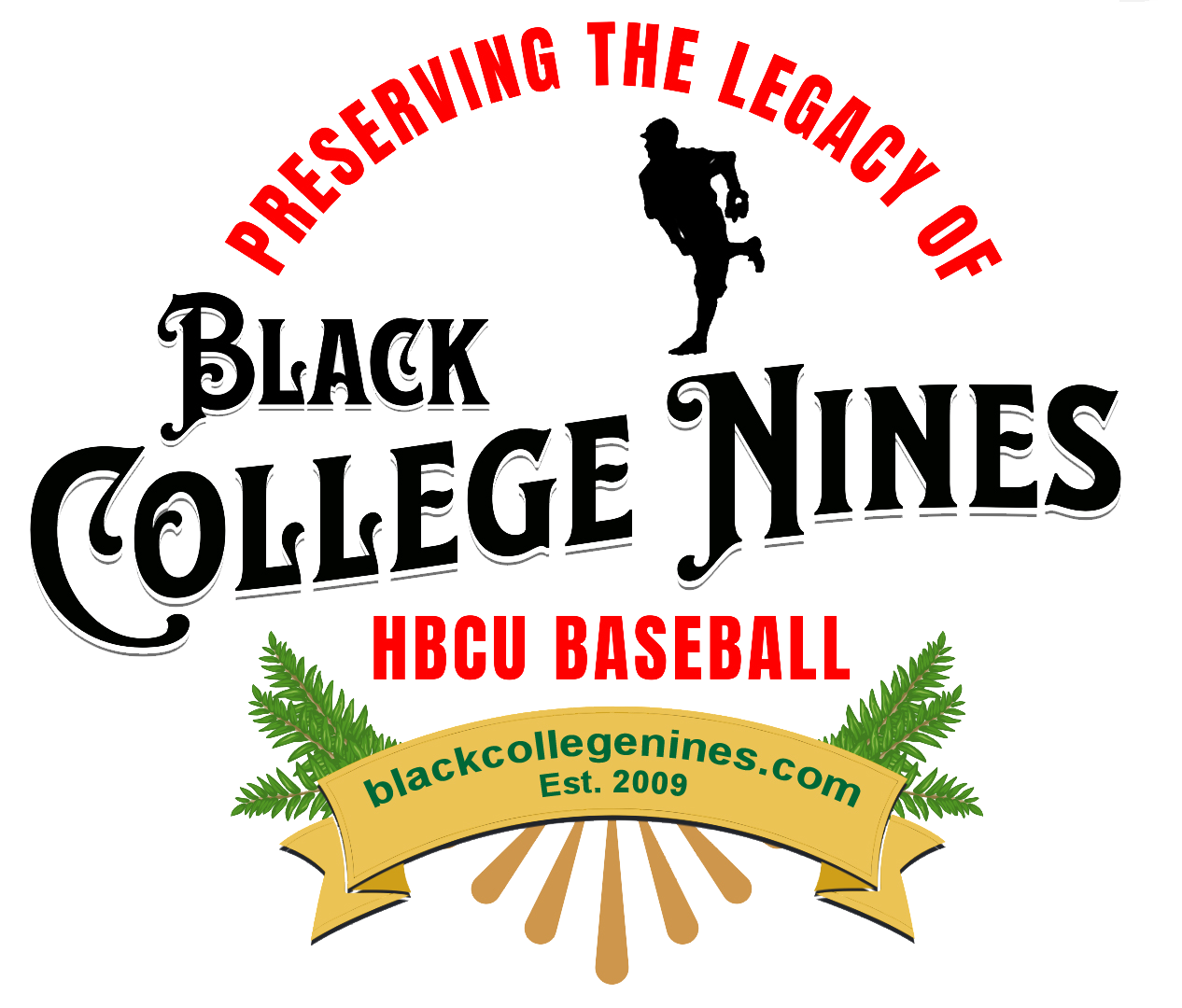
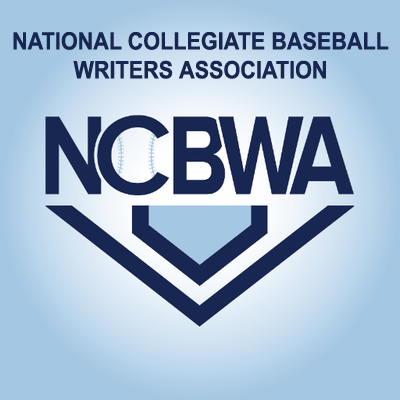

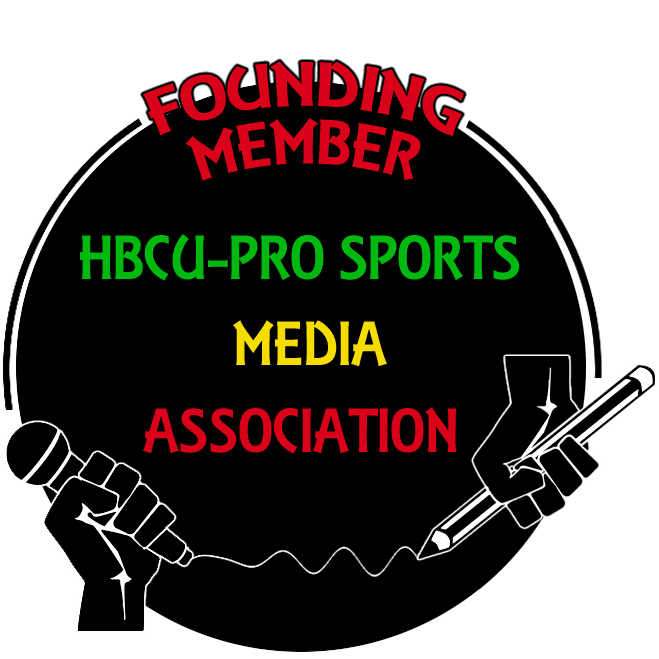

This is a great piece of info for me. I’m a former Rattler Baseball player. My friend and I set off from Miami in hopes of making the FAMU baseball team. Our team had some great players, my freshman year my friend and I set out to make the team and play. We both made the team. My friend (Andre Dawson) since first grade sort of put things in proper perspective for himself. He lit a fire that was never extinguished. We had other guys who were good players, i.e. Leon McCrae, dec. the younger brother of Hal, Joe Durante, dec. Wyman Winton, dec. James Brockenbury, dec. William “Soup” Campbell and Eugene Harris, dec.. Pop Kittles was a no nonsense coach, business was business and you were to carry yourself as such. We had great coaches back in the day, i.e. Robert “Luke” Lucas and Moses McCray (Pitching)
Carl Champion… you were a pretty good one too! A FAMU Hall of Famer (2000)
I was there! I remember Horald’s detailed account of the FAMU experience. When McRae arrived to the hill, I was a sophomore. McRae was “confidently cocky”as a freshman. That wasn’t an unusual because, we were amidst some world class talents on the Hill. Mac was welcomed to our team because he was a driver of competition to become great. His presence on the team was a challenge for me to be the best that I could be.
For me to have nudged him out of FAMU’s batting title is a memorable milestone in my college career – having hit over ,400!
Bob Hayes, a multitalented athlete, had a pretty good baseball game. We never challenged him on the track, but often challenged him in baseball. We all bragged differently! Lol!
The collection of talent on the Hill helped to define the the legacy of what FAMU is today. I can remember Moses McCray pitching a double- header to help maintain our dominance.
As “POP” Kittles would say, “ come on POPS, little things make the difference “!
Coach often played mind games with the team all of the time. He certainly had a great positive influence on my life, and many of my life strategies are based on the seeds that “POP” planted.
I love what FAMU and my friends and teammates have been in my life.
Forevermore a Rattler!